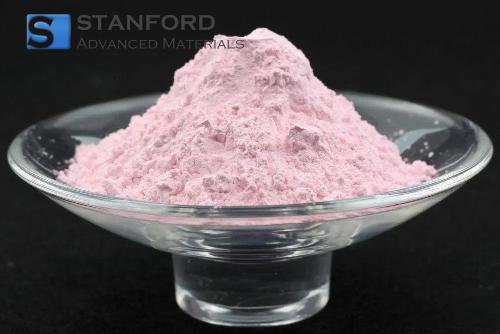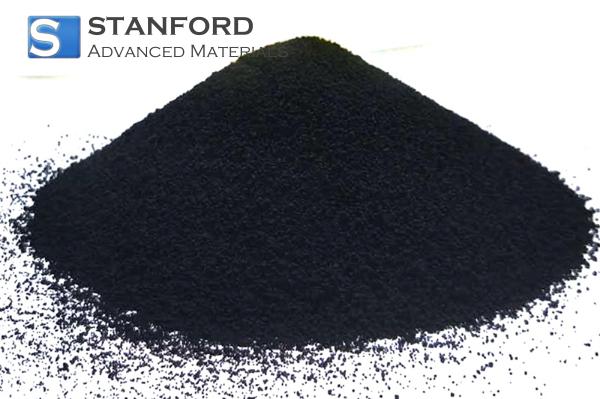Optical Activity: Concepts, Examples, and Applications
Introduction
Optical activity is a property present in certain materials, especially crystals, where the plane of polarised light is rotated upon transmission. This property exists due to the specific molecular or structural make-up of such materials and has significant applications in diverse scientific and industrial fields.
Key Concepts
--Chirality
Chirality is the geometric property whereby an object or molecule cannot be superimposed on its mirror image. Just as left and right hands, chiral substances also exist as pairs of non-superimposable mirror images referred to as enantiomers. This asymmetry in their structure is the main origin of optical activity.
--Enantiomers
Enantiomers are pairs of chiral molecules that rotate plane-polarised light to the same extent but in opposite directions. One enantiomer will turn light clockwise (dextrorotatory), while the other will turn it counterclockwise (levorotatory). This distinction is extremely significant in chemistry and pharmacology since enantiomers typically possess varying biological activities.
--Polarimeter
A polarimeter is an instrument utilised in measuring optical rotation — the angle by which the plane of polarised light is rotated after passing through an optically active substance. It is typically made up of a light source, polariser, sample tube, and analyser. The measured rotation assists in the identification and determination of chiral substances.
--Optical Rotation
Optical rotation is the degree to which the plane of polarised light is turned by an optically active compound. The factors influencing optical rotation include the nature of the compound, concentration (in solutions), length of light path through the compound, wavelength of light, and temperature.
Examples of Optically Active Compounds
Optical activity is not a property universal to crystals. It is most commonly found in crystals with no centre of symmetry and also in chiral structures. Some of the better-known optically active crystals include:
- Quartz: Moderate optical rotation, finds widespread applications in timekeeping and electronic equipment.
- Tourmaline: Highly optically active, used in jewellery and as stress sensors.
- Calcite: Variable optical rotation, used in optical instruments and polarising filters.
- Sapphire: Has low optical activity and is important in watchmaking and high-precision optics.
Examples of Optically Active Molecules
Other than crystals, many molecules are optically active since they are chiral. Some common examples include:
- Sugars (e.g., glucose, fructose): These biomolecules are chiral and strongly rotate polarised light, important in food science and chemical synthesis.
- Amino Acids: The building blocks of proteins are chiral and exhibit optical activity, important in biological systems.
- Pharmaceutical Molecules: The majority of drugs are chiral, and optical activity is a factor in efficacy and safety.
Applications of Optical Activity
Optical activity is applied widely across scientific and industrial fields with a measurable impact. Polarimetry is able to determine the concentration of chiral molecules with great accuracy in chemical analysis, such as the purity of glucose in solution with pharmaceutical-grade solutions to better than 0.1% accuracy. In the pharmaceutical industry, determination of optical rotation ensures that the therapeutically active enantiomer is present; a significant case in point is the drug thalidomide, where enantiomeric purity was key to safety as well as effectiveness. In photonics and optics, polarimetric components like optical isolators take advantage of materials whose optical activity is used to control polarised light, enhancing performance in communications via fibre optics by reducing signal loss. Lastly, in food technology, polarimetric analysis is utilised in everyday practice to screen for sugar purity and concentration, e.g., during the production of high-fructose corn syrup, to achieve stringent quality requirements.
Conclusion
Optical activity is a valuable property arising from molecular and structural chirality in crystals and molecules. Its ability to rotate polarised light is not only a fascinating physical effect but also a valuable analytical and practical instrument. The knowledge of optical activity aids advances in chemistry, pharmaceuticals, optics, and beyond. For more information, please check Stanford Advanced Materials (SAM).
Frequently Asked Questions
What causes optical activity in crystals?
Optical activity is due to the chiral nature of crystals, which asymmetrically interacts with polarised light, causing rotation of its plane.
How is optical activity measured?
With the help of a polarimeter, which measures the angle of rotation of polarised light after passing through an optically active material.
Can liquids show optical activity?
Yes, solutions of chiral molecules like sugars or amino acids also show optical activity.

 Bars
Bars
 Beads & Spheres
Beads & Spheres
 Bolts & Nuts
Bolts & Nuts
 Crucibles
Crucibles
 Discs
Discs
 Fibers & Fabrics
Fibers & Fabrics
 Films
Films
 Flake
Flake
 Foams
Foams
 Foil
Foil
 Granules
Granules
 Honeycombs
Honeycombs
 Ink
Ink
 Laminate
Laminate
 Lumps
Lumps
 Meshes
Meshes
 Metallised Film
Metallised Film
 Plate
Plate
 Powders
Powders
 Rod
Rod
 Sheets
Sheets
 Single Crystals
Single Crystals
 Sputtering Target
Sputtering Target
 Tubes
Tubes
 Washer
Washer
 Wires
Wires
 Converters & Calculators
Converters & Calculators
 Write for Us
Write for Us





 Chin Trento
Chin Trento



